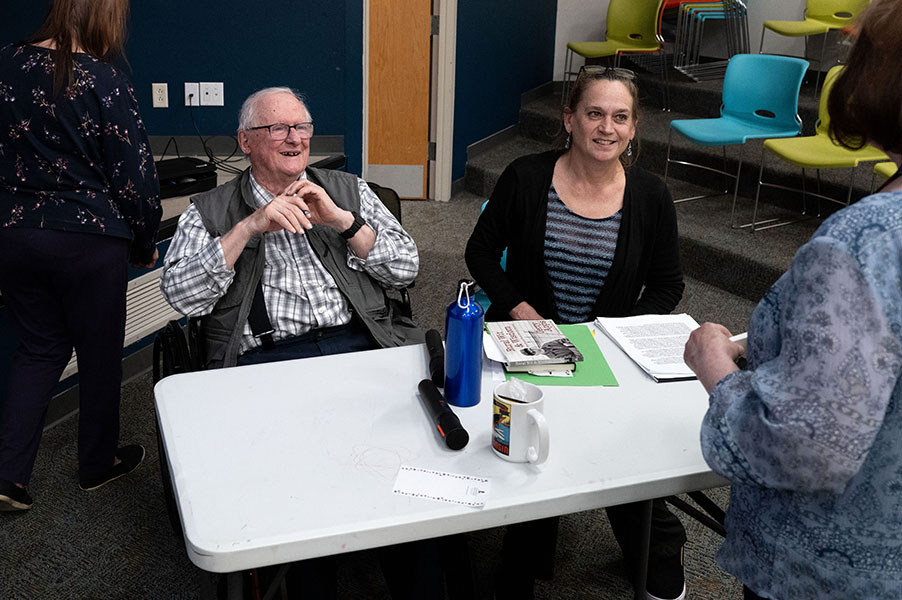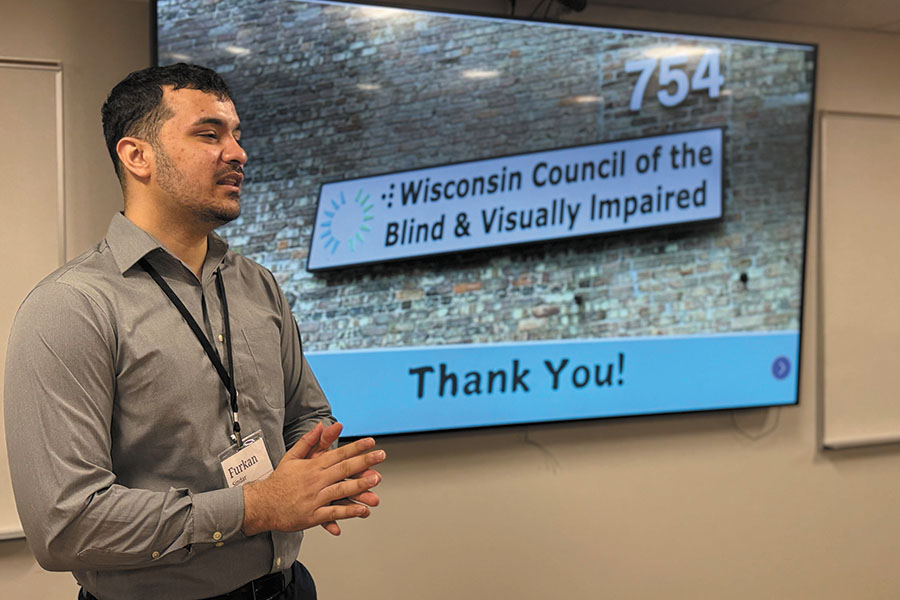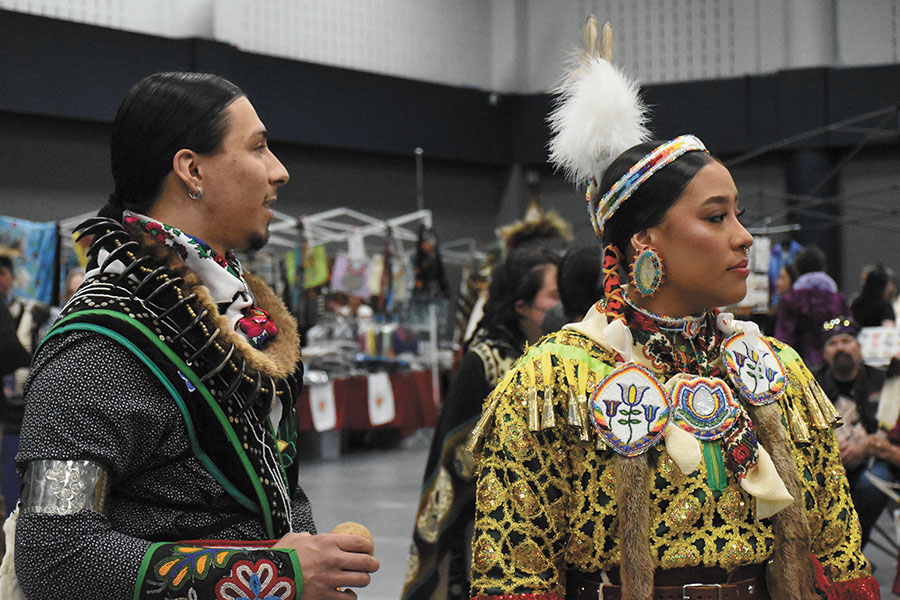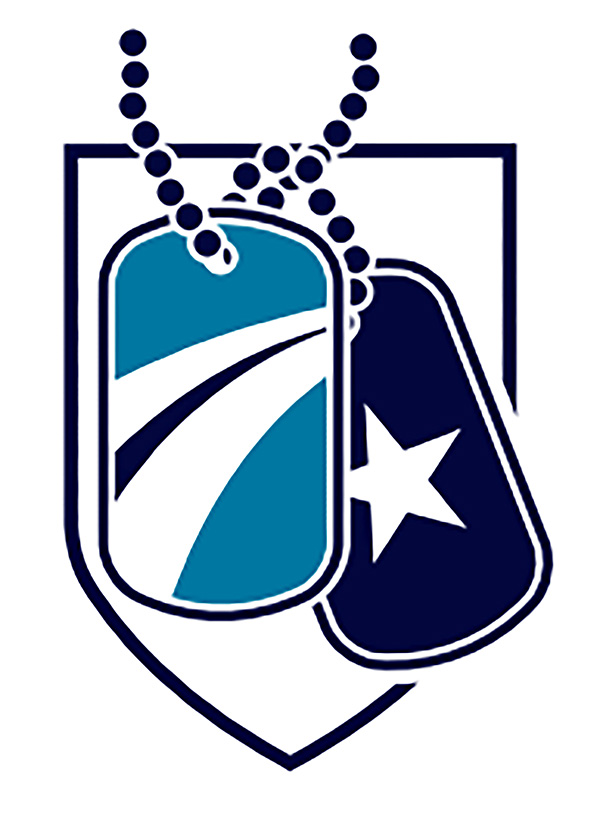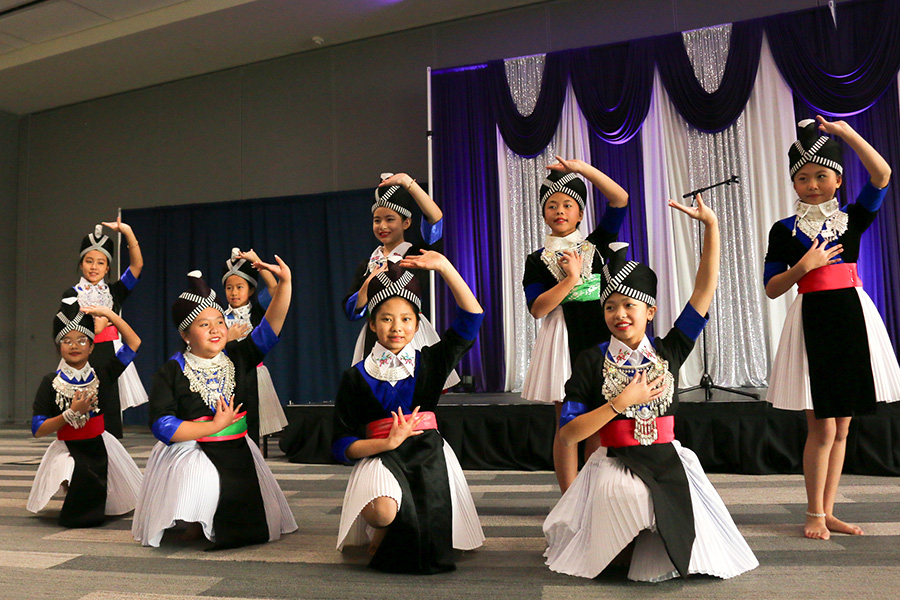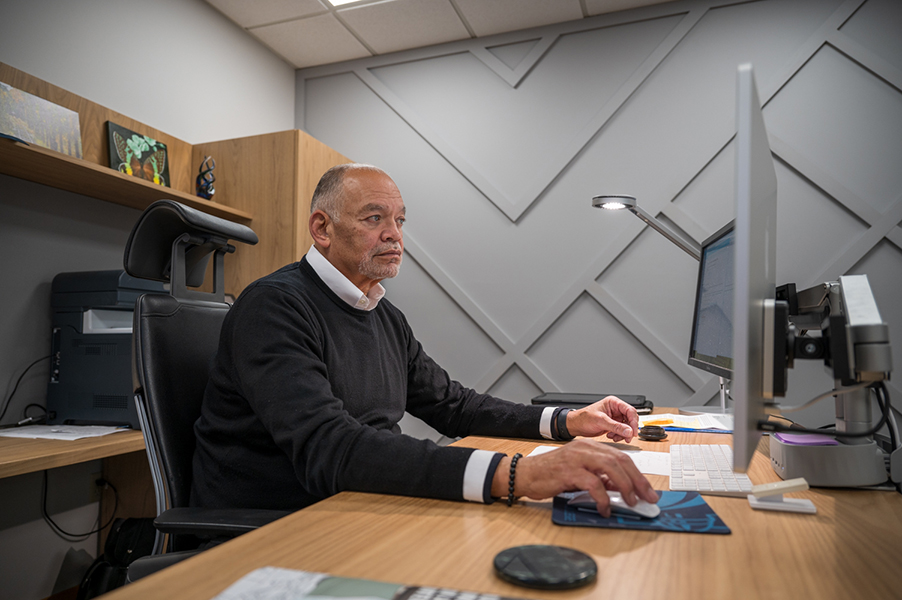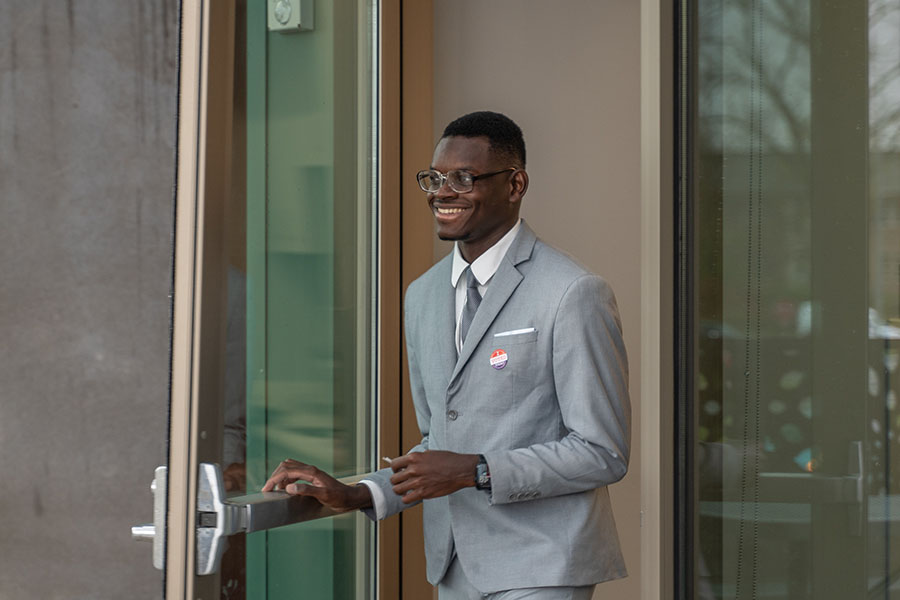Cultural anthropology broadens horizons
December 12, 2019
Many who are current and continuing college students fit last-minute electives into their schedules like small puzzle pieces. These students try to see the bigger picture of personal interest and create a broader view of the world for themselves.
For me, that panoramic world view came to light while taking Cultural Anthropology and Human Diversity.
With a myriad of electives to choose from, it was helpful that the cultural anthropology course is not only transferable to UW-Madison, but it also meets criterium for the Global Studies Certificate Program at Madison College.
I enjoyed how cultural anthropology and human diversity allowed me to learn about people and tribes from around the world.
Seeing the mystical belief systems from the Gebusi tribe of Papua New Guinea and learning about shaman or spiritual guides is of high importance to people around the world.
For me, cultural anthropology was like globe hopping from the comfort of my own home as I took the online class.
For one week I examined the life of Northern Albanian Burrnesha who emerged as the family patriarchs and masculine leaders. Burrnesha, born female, encouraged a culturally appropriated status change.
I spent other weeks of class in a “virtual” sub-Saharan Africa with the nomadic cattle herding Maasai tribe.
I met the Maasai tribe while on a mission trip to Kenya over 10 years ago, and I was always impressed with the noble, vibrant red, and scarlet covered garments that the Maasai wore.
The Maasai were known to kill lions by hand as a coming of age tradition. Currently, this tradition is being faded out by the Kenyan and Tanzanian governments.
I also learned about the rich tradition of the Aboriginal dreamers.
Aboriginal dreamers are natives to the continent of Australia, and their cultural and religious understanding of the world has been told for hundreds of years through the dreamtime stories carved on the inside of caves. Later, the dreamtime story tradition included paintings of the dreams on canvases and cloths.
As a student and an artist, I was inspired by the Aboriginal artwork that has been found on cave walls and painted on canvas for hundreds of years. The artwork offers some of the oldest inspiration about the meaning life and the dream of humanity.
The Aboriginal dreamers explained the world as a spiritual experience and life as a combination of the balance of superhuman creatures and animal spirits. To the Aboriginal dreamers, the purpose of life was to visually explore these dreams for fellow Aboriginals to have a sense of direction.
The Cultural Anthropology class dedicated another week to the study of Hmong traditions. We read a story of a family who arrived in the USA as refugees. The family arrived from Southeast Asia and experienced cultural conflict with Western traditions and medicine.
For example, The Hmong religion sees epilepsy as an indication of spiritual initiation into the Txiv Neeb (a Hmong shaman), while Western medicine states that patients who suffer from epilepsy need medication and regular doctor supervision.
What I gathered from the course is that based on where we live, we have strong connections to the belief systems that guide and direct us.
I also learned that cultural clashes are bound to happen. If we are aware of our similarities and differences, we can prepare ourselves to have the best opportunity to succeed in our life and make friends from around the world.
Society’s changing views of homosexuality and male vs. female rights impact all students; I learned that these concerns are a part of numerous ancient traditions—the Gebusi and the Burrnesha, for example—and that we experience some of the same issues.
In my experience, the academic move to take Cultural Anthropology and Human Diversity will broaden student’s picture of the world.
Humans always develop and adapt to their environment. We can expect more changes in technology, but at the core of our humanity we tap into a deep set of roots—we are more alike than different.



